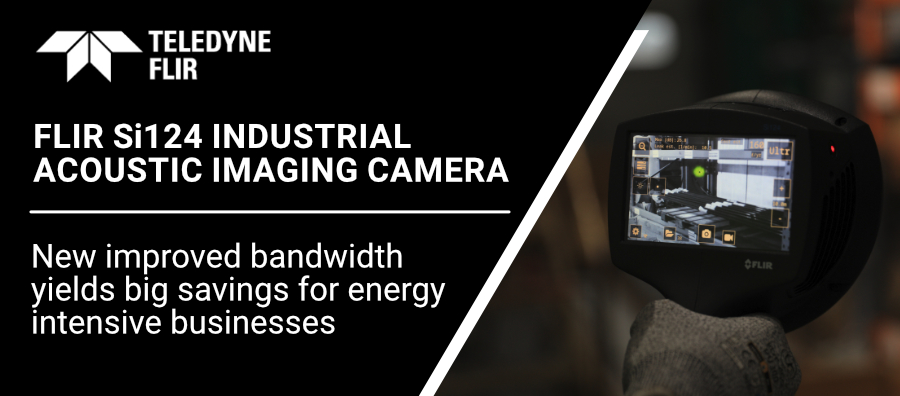
The soaring energy prices are causing headaches for businesses around the world. To keep the lights on, manufacturers are looking for ways to reduce consumption and cut costs. Fortunately, acoustic imaging is proving to be a valuable tool for energy-intensive industries, allowing them to drive down their operating costs and reduce maintenance expenses.
Detecting previously undiscovered air leaks can plug a costly problem
If you thought "lossless sound" was the ultimate audio quality, then acoustic imaging will take that concept to the next level. This technology can identify previously undiscovered air leaks in real time. While these leaks may seem minor, wasted energy costs can quickly snowball into a significant financial burden. With energy costs in the UK and EU almost doubling since 2021, it's critical for manufacturers to find tangible ways to reduce their expenditures on the factory floor.
Why are air leaks so expensive?
One of the most significant ways energy is wasted in factories is through air leaks. In fact, up to a third of usable energy is lost due to leaks. The costs of wasted energy may seem minimal at first, but they can quickly snowball into an acute concern. For example, a small hole of just 1.5 millimetres in a compressed air network at seven bars of pressure could cost a company roughly £1,300 annually, assuming an operating time of 6,000 hours per year. With energy prices increasing, failing to identify even a single small hole could cost your business thousands of pounds.
Driving down energy bills with the FLIR Si124 range
The Teledyne FLIR Si124 range is a newer acoustic imaging camera model, boasting an optimal bandwidth range of 2 - 65 kHz, providing unmatched detection accuracy and identification down to the slightest breach. The 124 high-spec ultrasound microphones help detect air leaks as they appear, ensuring minimal downtime for the facility and prompt repair or replacement of the defective component.
The Si124 range can also provide handlers with the ability to identify, photograph, or video the location of an air leak up to ten times faster than traditional methods, as well as detect partial discharge, floating discharge, and corona. In addition, projective algorithms estimate how much the leak will cost in real-time, calculating the spend per kWh and displaying expected savings per year or on a specified timeframe. This provides clear evidence for inspectors to justify any incurred repair costs across the production line instantaneously.
Conclusion
If you're a manufacturer struggling with the rising cost of energy, consider exploring the new FLIR Si124 range. This innovative acoustic imaging technology can help you detect air leaks in real-time, minimize downtime, and save you money.
Want to learn more about how acoustic imaging is revolutionising the way we detect air leaks? Watch the video below and see firsthand how this state-of-the-art technology can benefit your business, or contact us to arrange a demo.
Ready to take control of your energy costs? Discover more on the Teledyne FLIR Si124 Acoustic Imaging Camera: click here.
